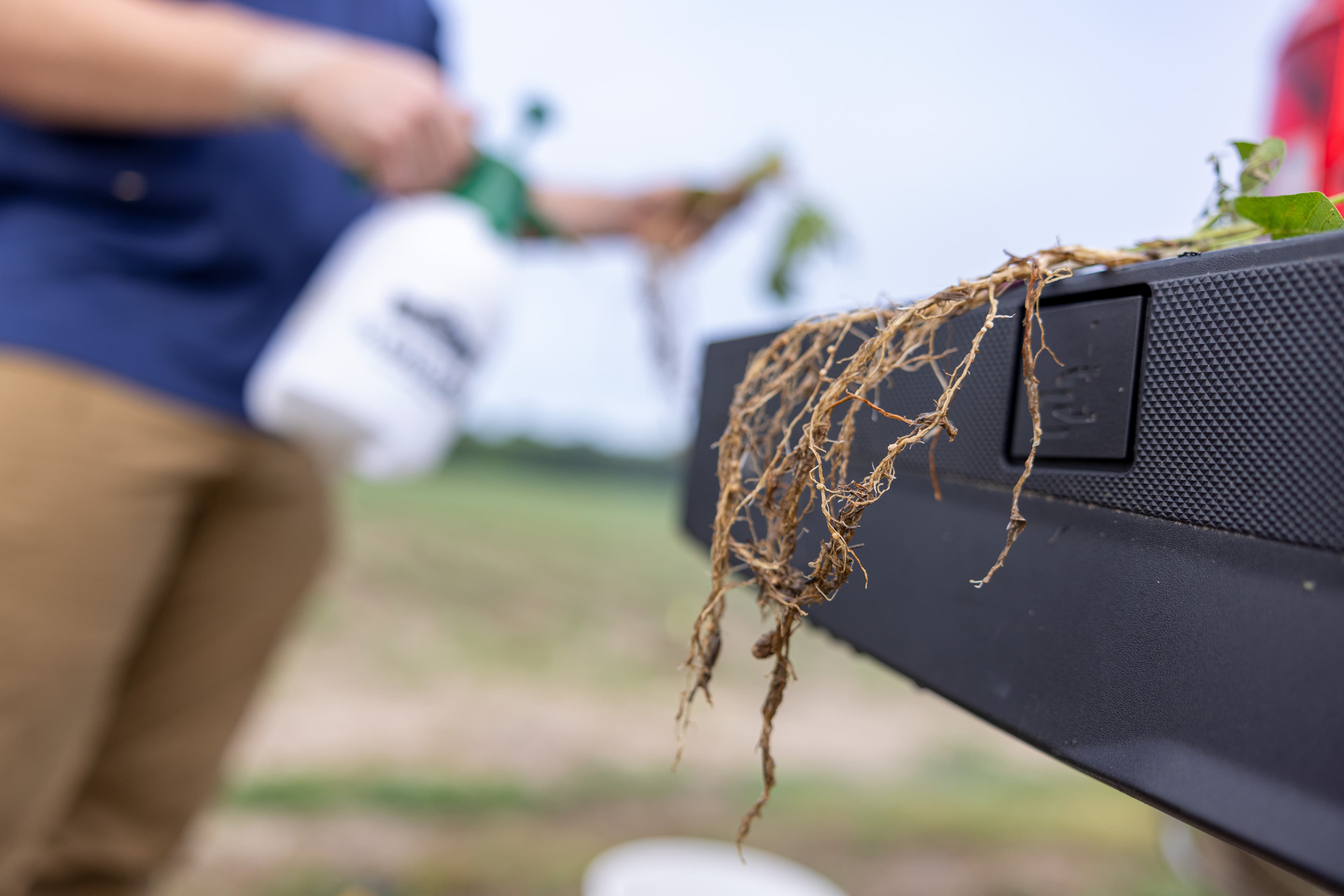
Latest Resources
November 26, 2024
Germination Game Changer
Germination Game Changer: How PROTIVATETM Increases Early Plant Success
Germination is the process where plants start emerging from the seed coat, and its success has a lasting impact on the entire plant lifecycle. Germination is triggered by the seed absorbing water. A corn seed must absorb water to about 30% of its weight before germination can begin. Soybeans, in contrast, must take in about 50% of their weight in water. Seeds with limited water access can slow or even completely stop germinating.
Germination is also impacted by soil temperature and happens more quickly in warm soils than in cool ones. Corn and soybeans can germinate at temperatures hovering near 50 degrees Fahrenheit; however, if soil temperatures fall after planting, emergence can take a long time.
The root at the tip of the seed emerges within two to three days in warm soils with adequate soil moisture. The early plant growth will push upward toward the soil surface and in the opposite direction of the root. The early roots that emerge next will start the plant on its hunt for the energy, water and the nutrients it needs to succeed throughout the season. Cool or dry conditions, however, can delay emergence up to two weeks.
What Makes for Good Germination?
Ideal soil temperatures: Seed planted in soils with cooler than 50 degrees—or seed that sees cooler soil temperatures soon after planting —can be delayed or injured by time spent at the lower temperatures. Each field must be considered individually to determine when planting should occur. Monitoring the weather forecast and soil temperatures in individual fields can help identify planting windows with conditions that reduce risks for chill injury and uneven emergence.
Adequate soil moisture: A crop needs sufficient soil moisture to germinate and emerge evenly, but the pursuit of good soil moisture can cause some farmers to plant in less-than-ideal depths. Corn requires at least a 1.5-inch depth to establish the initial brace roots beneath the soil. Shallow planting can lead to uneven emergence because of greater moisture variability at the surface. For the most uniform emergence, it is recommended to plant as deep as your soil type will safely permit.
Balanced available nutrients: A crop needs well-balanced nutrition readily available in the soil to get off to its best start. While various macro and micronutrients are crucial in germination, some play their most vital role in early growth. Nitrogen, for example, is essential for achieving fast, early growth and green-up that gets plants off to their best start. Phosphorus and zinc support each other in the early root and shoot development, letting the plant quickly access additional nutrients. Furthermore, manganese improves early growth by encouraging root elongation and pathogen resistance. Giving plants the early nutrition they need, right where they need it, helps farmers utilize the 4Rs of Nutrient Stewardship — applying the right fertilizer source at the right rate, the right time and the right place.
PROTIVATE Provides Essential Nutrients When the Plant Needs it
PROTIVATE nutritional seed enhancer gives young plants the nutrients needed while replacing talc or graphite. With the blend of nitrogen, phosphorus, zinc and manganese , PROTIVATE can lead to faster germination and more uniform emergence — getting plants bigger, stronger, faster and encouraging higher yields. With multiple formulations, PROTIVATE provides farmers with the nutrients their crop needs to get up, growing and off in pursuit of its highest yield potential.
To learn more about PROTIVATE, visit ProtivateSeedNutrition.com or contact a local KAS sales representative.


